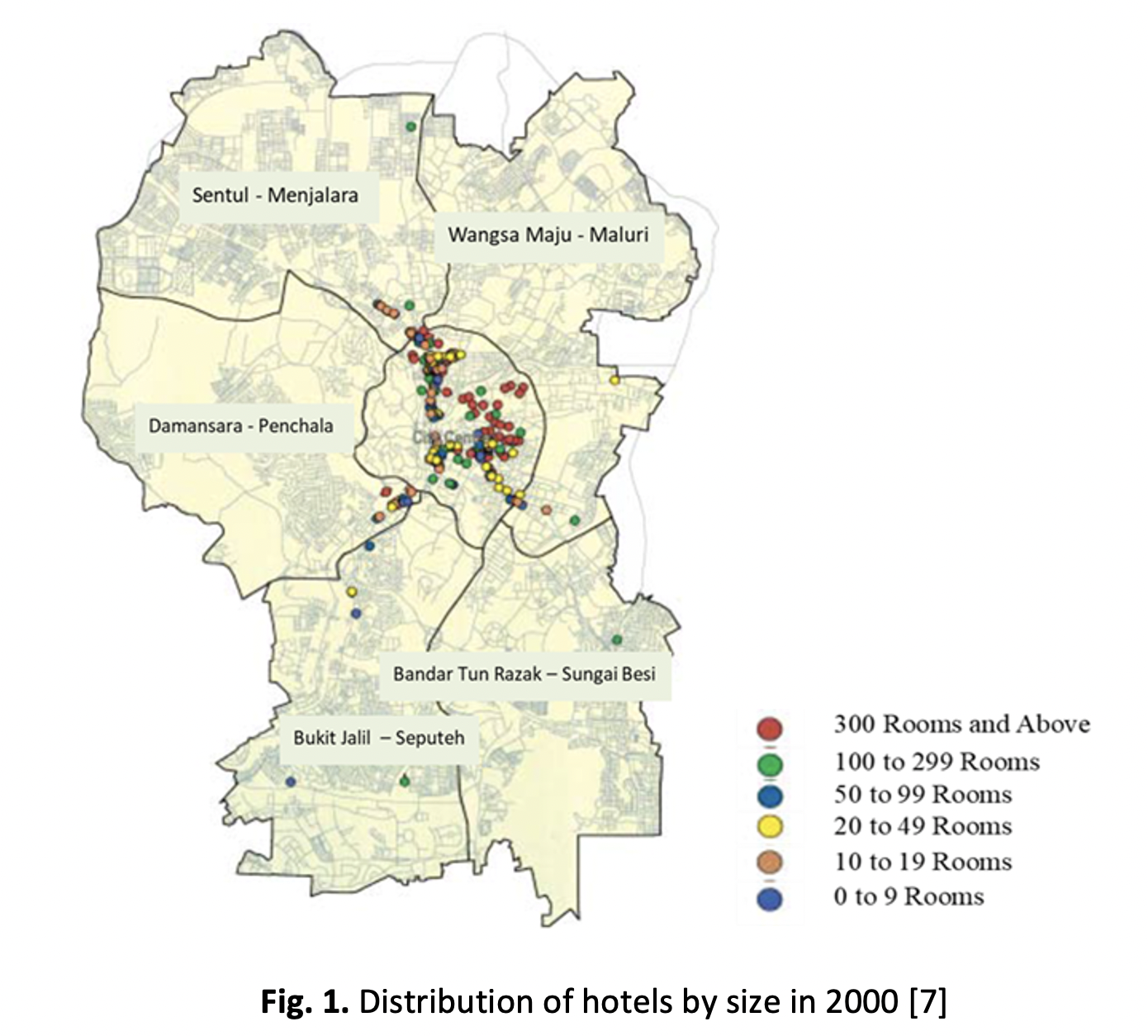Developments of Façade Design with a Special Reference to the City Hotels in Kuala Lumpur
DOI:
https://doi.org/10.37934/araset.29.1.266282Keywords:
Tourism, Malaysia, High-rise, Accommodation, Resorts, Services, Architecture, Aesthetics, Capital, Tropics, AsiaAbstract
The study examines the façade design developments of the high-rise city hotels since the 1960s post-colonial period in Malaysia. Strategically located in the tourist hub of Malaysia’s capital, three case studies of high-rise city hotels built in different architectural periods notably the 1970s Modern, the 1990s Post-Modern and the contemporary Neo-Minimalist, were meticulously selected to undertake a visual survey on the façade design elements. The high-rise hotel façade design in Kuala Lumpur as reviewed, historically began as a modest extension of shop houses and gradually metamorphosed into high-rises embodying a creative interplay of colour, material features, and climate responsive mechanisms as the architectural timeline advances. Ranging from the simplistic Modernist ideals of the International Style to the regionalist approach of the Post-Modernism and ultimately the Neo-Minimalism, each of the case studies is systematically reviewed from the spectrum of contextual history, functionality, and the aesthetics of the façade design elements. Evidently, the outcome of the study underscores the architectural developments of the city hotel façade design as expressive of the hotels’ image for contemporary trends in urban hospitality alongside a reconciliation of the capital’s tourism history.





























